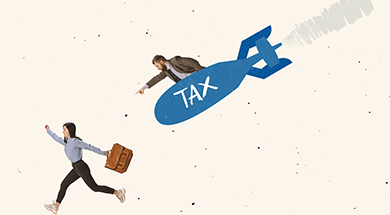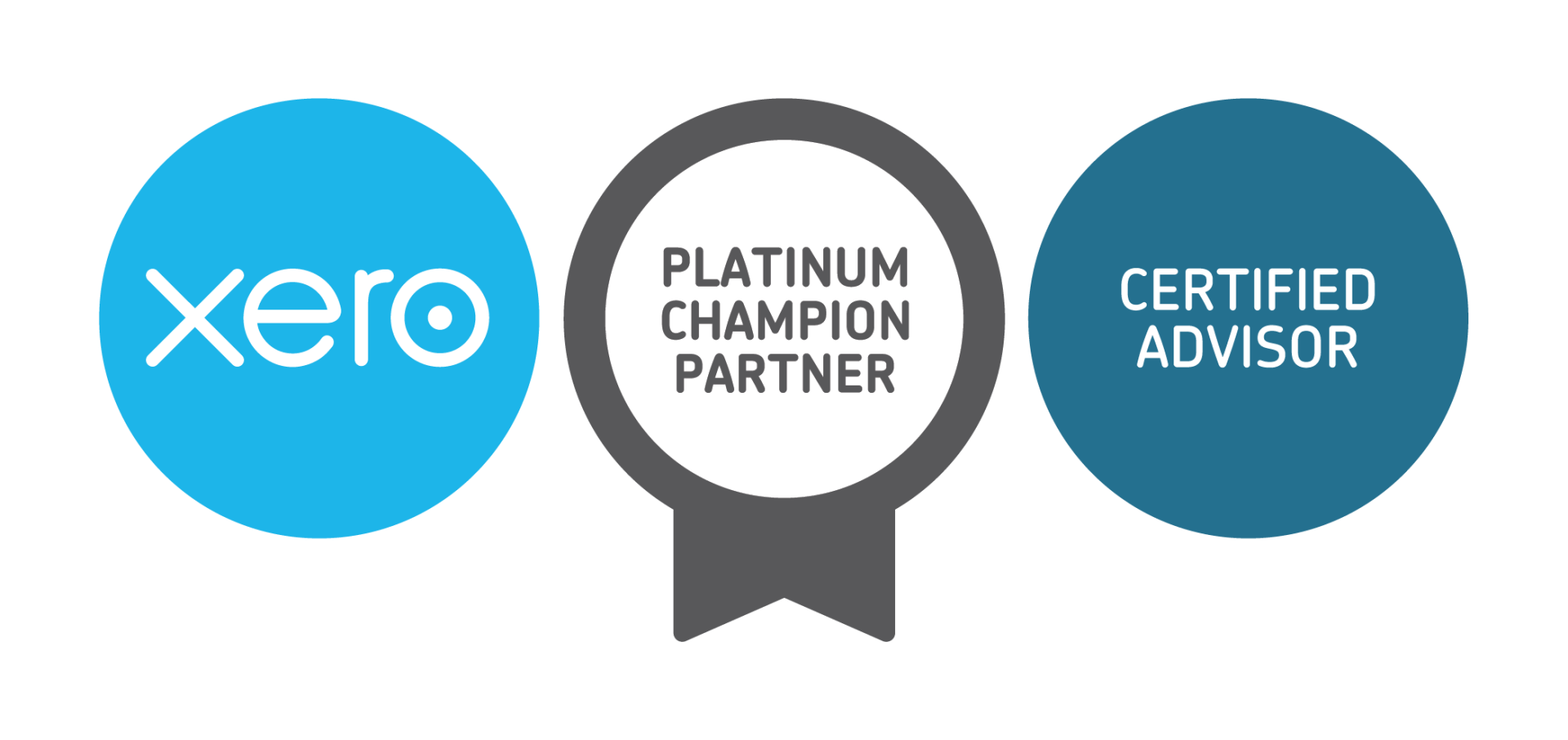The ATO has issued a draft practical compliance guideline setting out the ATO’s proposed approach to individuals claiming deductions for the additional running costs incurred from 1 July 2002 when working from home, which is when the temporary ‘shortcut’ method relating to COVID-19 ceased to apply.

From 1 July 2022, the ATO states that taxpayers who are working from home can claim deductions based on their actual expenses or they can potentially adopt a revised fixed rate method which uses a rate of 67 cents per hour.
In order to use the revised fixed rate method, the taxpayer must meet the following basic conditions:
- They must be working from home while carrying out their employment duties or carrying on their business on or after 1 July 2022;
- They must be incurring specific additional running expenses which are deductible under section 8-1 as a result of working from home; and
- They must keep and retain relevant records in respect of the time they spend working from home and for the additional running expenses they are incurring.
The running expenses covered by this method are:
- Energy expenses (electricity and/or gas) for lighting, heating/cooling and electronic items used while working from home;
- Internet expenses;
- Mobile and/or home telephone expenses; and
- Stationery and computer consumables.
While no separate deduction can be claimed for the expenses listed above if using the revised fixed rate method, taxpayers can potentially still claim depreciation deductions for assets used while working from home (e.g., a computer, desk, office chair etc) along with any other running expenses not listed above, provided the normal deductibility requirements are satisfied.
Importantly, the taxpayer does not need to have a separate home office or dedicated work area set aside in their home in order to rely on the fixed rate method.
The ATO confirms that if more than one taxpayer in the household is working from home at the same time, each taxpayer will be able to apply the fixed rate method if they separately meet the requirements set out above.
The ATO indicates that it has high expectations when it comes to keeping records when taxpayers want to apply the revised fixed rate method.
For example, for the 2023-24 and later income years, the ATO expects the taxpayer to keep a record for the entire income year of the number of hours they worked from home during that income year. An estimate for the entire income year or an estimate based on the number of hours worked from home during a particular period will not be accepted.
Having said that, for the 2022-23 income year only, taxpayers need to keep:
- A record which is representative of the total number of hours worked from home during the period from 1 July 2022 to 31 December 2022; and
- A record of the total number of actual hours the individual worked from home for the period 1 January 2023 to 30 June 2023.
The PCG has only been issued in draft form at the moment and we will provide further updates when the PCG is issued in final form or if the ATO provides additional guidance in this area.

LEGAL
Liability limited by a scheme approved under Professional Standards Legislation.
Investngro Pty Ltd ABN 53 113 102 695 trading as Murray Nankivell Financial Planning, is an authorised representative of Count Financial Limited ABN 19 001 974 625 holder of Australian financial services licence number 227232 (“Count”). Count is owned by Count Limited ABN 111 26 990 832 of GPO Box 1453, Sydney NSW 2001. Count Limited is listed on the Australian Stock Exchange. Any taxation and accounting services are provided by Murray Nankivell and are not within the authority Count. The information on this web site is not financial product advice and is provided for information only.





